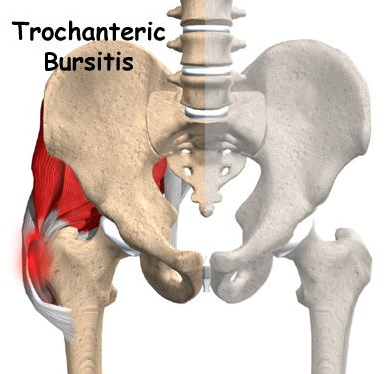Orlando: 9145 Narcoossee Rd., Suite A200, 32827
407-329-6907
 Overuse or injury to the joint at work or play can also increase a person’s risk of bursitis. Examples of high-risk activities include gardening, raking, carpentry, shoveling, painting, scrubbing, tennis, golf, skiing, throwing, and pitching. Incorrect posture at work or home and poor stretching or conditioning before exercise can also lead to bursitis.
Overuse or injury to the joint at work or play can also increase a person’s risk of bursitis. Examples of high-risk activities include gardening, raking, carpentry, shoveling, painting, scrubbing, tennis, golf, skiing, throwing, and pitching. Incorrect posture at work or home and poor stretching or conditioning before exercise can also lead to bursitis.